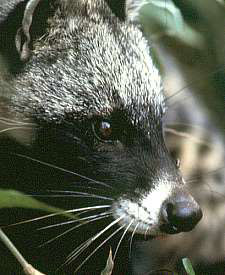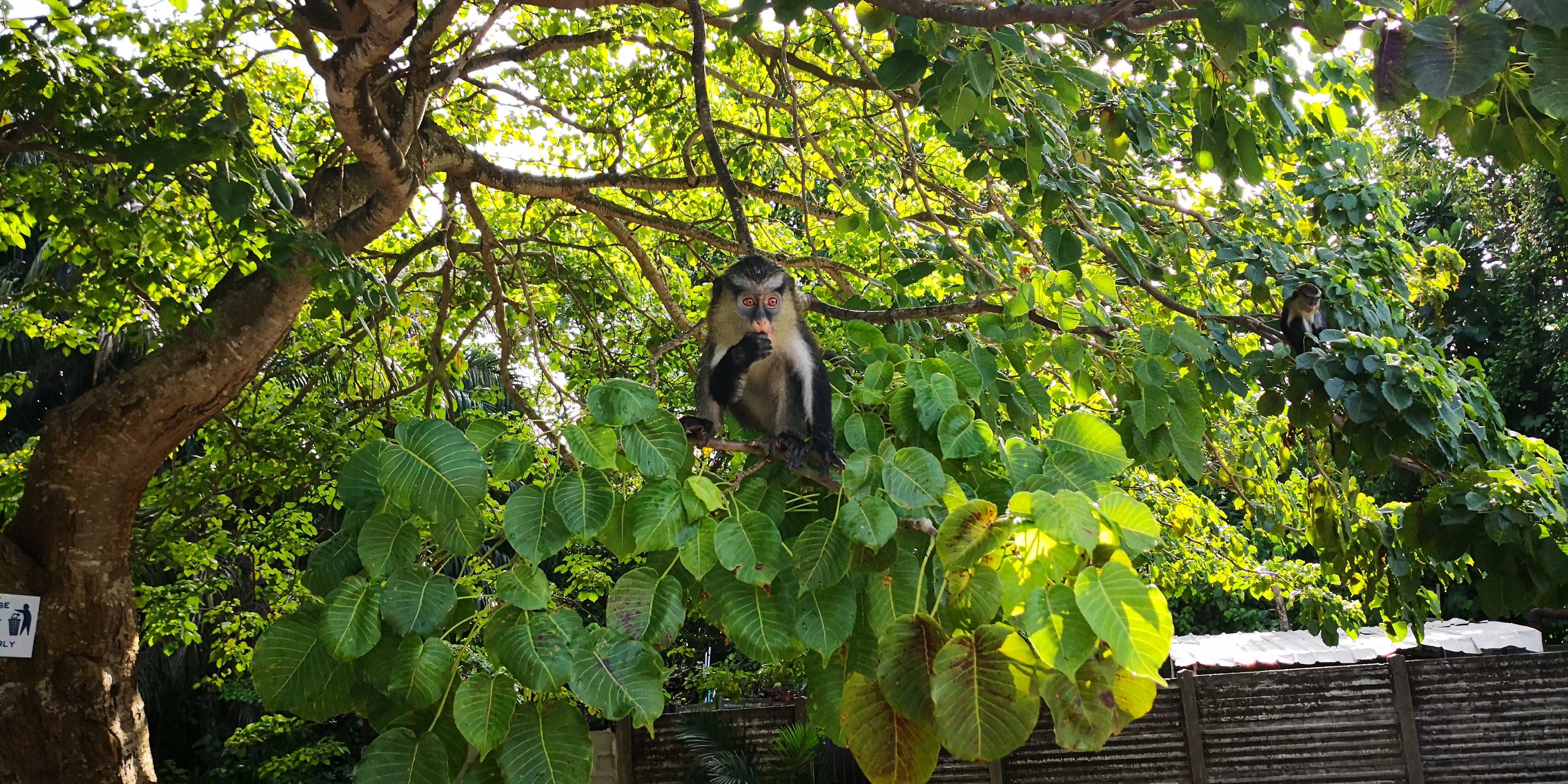|
São Tomé Fiscal
The São Tomé fiscal (''Lanius newtoni''), or Newton's fiscal, is a species of bird in the family Laniidae. It is endemic to São Tomé Island, São Tomé and Príncipe. It is 20 to 21 centimeters long. The bird is black above with a white shoulder-scapular bar. Newton's Fiscal Lanius newtoni BirdLife International, Access date 19 October 2018 The São Tomé fiscal has a pale yellow chin, breast, belly, flanks vent and under tail. Its graduated tail has all black central tail feathers and an increasing amount of white on outer web from inner to outer tail feathers. The ''Lanius newtoni'' has a clear voice with a whistle ''tiuh tiuh'' often repeated and metallic ''tsink tsink'' audible over a long distance. The species lives on the island of São ... [...More Info...] [...Related Items...] OR: [Wikipedia] [Google] [Baidu] |
José Vicente Barbosa Du Bocage
José Vicente Barbosa du Bocage (2 May 1823 – 3 November 1907) was a Portuguese zoologist, politician, and professor. He served as a professor of zoology and director of the National Museum of Natural History and Science, Lisbon, National Museum of Natural History and Science at the Polytechnic Institute of Lisbon, where he played a role in the development of Portuguese zoological collections and research. Bocage’s scientific work led to the description of numerous species, particularly of Portuguese and African fauna, and he published extensively on taxonomy, advancing zoological knowledge in Portugal and its overseas territories. Bocage held public offices, including Navy Ministry (Portugal), Minister of the Navy and Oversea. He was involved in colonial and geographical policy, co-founding the Lisbon Geographic Society and representing Portugal at the Berlin Conference, where he advocated for Pink Map, Portuguese claims in Africa. His contributions to Portuguese science and ... [...More Info...] [...Related Items...] OR: [Wikipedia] [Google] [Baidu] |
Black Rat
The black rat (''Rattus rattus''), also known as the roof rat, ship rat, or house rat, is a common long-tailed rodent of the stereotypical rat genus ''Rattus'', in the subfamily Murinae. It likely originated in the Indian subcontinent, but is now found worldwide. The black rat is black to light brown in colour with a lighter underside. It is a generalist omnivore and a serious Pest (organism), pest to farmers because it feeds on a wide range of agricultural crops. It is sometimes kept as a pet. In parts of India, it is considered sacred and respected in the Karni Mata Temple in Deshnoke. Taxonomy ''Mus rattus'' was the scientific name proposed by Carl Linnaeus in 1758 for the black rat. Three subspecies were once recognized, but today are considered invalid and are now known to be actually Morph (zoology), color morphs: *''Rattus rattus rattus'' – roof rat *''Rattus rattus alexandrinus'' – Alexandrine rat *''Rattus rattus frugivorus'' – fruit rat Characteristics A ty ... [...More Info...] [...Related Items...] OR: [Wikipedia] [Google] [Baidu] |
Endemic Fauna Of São Tomé Island
Endemism is the state of a species being found only in a single defined geographic location, such as an island, state, nation, country or other defined zone; organisms that are indigenous to a place are not endemic to it if they are also found elsewhere. For example, the Cape sugarbird is found exclusively in southwestern South Africa and is therefore said to be ''endemic'' to that particular part of the world. An endemic species can also be referred to as an ''endemism'' or, in scientific literature, as an ''endemite''. Similarly, many species found in the Western ghats of India are examples of endemism. Endemism is an important concept in conservation biology for measuring biodiversity in a particular place and evaluating the risk of extinction for species. Endemism is also of interest in evolutionary biology, because it provides clues about how changes in the environment cause species to undergo range shifts (potentially expanding their range into a larger area or becomin ... [...More Info...] [...Related Items...] OR: [Wikipedia] [Google] [Baidu] |
Lanius
''Lanius'', the typical shrikes, are a genus of passerine birds in the shrike family Laniidae. The majority of the family's species are placed in this genus. The genus name, ''Lanius'', is derived from the Latin word for "butcher", and some shrikes are also known as "butcher birds" because of their feeding habits. The common English name "shrike" is from Old English ''scríc'', "shriek", referring to the shrill call. Some African species are known as fiscals. That name comes from the Afrikaans word ''fiskaal'' ("public official", especially a hangman), because they hang their prey on thorns for storage. Most ''Lanius'' species occur in Eurasia and Africa, but the Northern shrike is found in eastern Asia and North America, while the loggerhead shrike is confined to North America. There are no members of this genus or the shrike family in South America or Australia. ''Lanius'' shrikes are birds of open habitats typically seen perched upright on a prominent perch like a tree ... [...More Info...] [...Related Items...] OR: [Wikipedia] [Google] [Baidu] |
Feral Cat
A feral cat or a stray cat is an unowned domestic cat (''Felis catus'') that lives outdoors and avoids human contact; it does not allow itself to be handled or touched, and usually remains hidden from humans. Feral cats may breed over dozens of generations and become a local apex predator in urban, savannah and bushland environments, and especially on islands where native animals did not evolve alongside predators. Some feral cats may become more comfortable with people who regularly feed them, but even with long-term attempts at socialization of animals, socialization, they usually remain aloof and reject human touch. Of the 700 million cats in the world, an estimated 480 million are feral. Feral cats are devastating to wildlife, and conservation biologists consider them to be one of the worst invasive species on Earth. They are included in the list of 100 of the World's Worst Invasive Alien Species, the world's 100 worst invasive alien species. Attempts to control feral cat ... [...More Info...] [...Related Items...] OR: [Wikipedia] [Google] [Baidu] |
African Civet
The African civet (''Civettictis civetta'') is a large viverrid native to sub-Saharan Africa, where it is considered common and widely distributed in woodlands and secondary forests. It is listed as Least Concern on the IUCN Red List since 2008. In some countries, it is threatened by hunting, and wild-caught individuals are kept for producing civetone for the perfume industry. The African civet is primarily nocturnal and spends the day sleeping in dense vegetation, but wakes up at sunset. It is a wikt:solitary, solitary mammal with a unique coloration: the black and white blotches covering its coarse pelage and rings on the tail are an effective Crypsis, cryptic pattern. The black bands surrounding its eyes closely resemble those of the raccoon. Other distinguishing features are its disproportionately large hindquarters and its erectile dorsal crest. It is an omnivorous generalist, preying on small vertebrates, invertebrates, eggs, carrion, and vegetable matter. It is one of th ... [...More Info...] [...Related Items...] OR: [Wikipedia] [Google] [Baidu] |
Mona Monkey
The mona monkey (''Cercopithecus mona'') is an Old World monkey that lives in western Africa between Ghana and Cameroon. The mona monkey can also be found on the island of Grenada as it was transported to the island aboard slave ships headed to the New World during the 18th century. This guenon lives in groups of up to thirty-five in forests. It mainly feeds on fruit, but sometimes eats insects and leaves. The mona monkey has brown agouti fur with a white rump. Its tail and legs are black and the face is blue-grey with a dark stripe across the face. The mona monkey carries food in cheek pouches. Description The male mona monkey has a head-and-body length of and a tail of . The female's head-and-body length is . The head has a brown crown, broad whitish brow band, grey mask of bare skin and bushy pale cheek fur. The upper parts of the body and the outer sides of the limbs are deep brown while the underparts and the insides of the limbs are creamy-white. On either side of the bas ... [...More Info...] [...Related Items...] OR: [Wikipedia] [Google] [Baidu] |
International Union For Conservation Of Nature
The International Union for Conservation of Nature (IUCN) is an international organization working in the field of nature conservation and sustainable use of natural resources. Founded in 1948, IUCN has become the global authority on the status of the natural world and the measures needed to safeguard it. It is involved in data gathering and analysis, research, field projects, advocacy, and education. IUCN's mission is to "influence, encourage and assist societies throughout the world to conserve nature and to ensure that any use of natural resources is equitable and ecologically sustainable". Over the past decades, IUCN has widened its focus beyond conservation ecology and now incorporates issues related to sustainable development in its projects. IUCN does not itself aim to mobilize the public in support of nature conservation. It tries to influence the actions of governments, business and other stakeholders by providing information and advice and through building partners ... [...More Info...] [...Related Items...] OR: [Wikipedia] [Google] [Baidu] |
Laniidae
Shrikes () are passerine birds of the family Laniidae. The family is composed of 34 species in two genera. The family name, and that of the larger genus, ''Lanius'', is derived from the Latin word for "butcher", and some shrikes are also known as butcherbirds because of the habit, particularly of males, of impaling prey onto plant spines within their territories. These larders have multiple functions, attracting females and serving as food stores. The common English name shrike is from Old English , alluding to the shrike's shriek-like call. Taxonomy The family Laniidae was introduced (as the subfamily Lanidia) in 1815 by the French polymath Constantine Samuel Rafinesque. The type genus ''Lanius'' had been introduced by Carl Linnaeus in 1758. As currently constituted, the family contains 34 species in four genera. It includes the genus '' Eurocephalus'' with the two white-crowned shrikes. A molecular phylogenetic study published in 2023 found that the white-crowned shrikes wer ... [...More Info...] [...Related Items...] OR: [Wikipedia] [Google] [Baidu] |
Critically Endangered
An IUCN Red List critically endangered (CR or sometimes CE) species is one that has been categorized by the International Union for Conservation of Nature as facing an extremely high risk of extinction in the wild. As of December 2023, of the 157,190 species currently on the IUCN Red List, 9,760 of those are listed as critically endangered, with 1,302 being possibly extinct and 67 possibly extinct in the wild. The IUCN Red List provides the public with information regarding the conservation status of animal, fungi, and plant species. It divides various species into seven different categories of conservation that are based on habitat range, population size, habitat, threats, etc. Each category represents a different level of global extinction risk. Species that are considered to be critically endangered are placed within the "Threatened" category. As the IUCN Red List does not consider a species extinct until extensive targeted surveys have been conducted, species that a ... [...More Info...] [...Related Items...] OR: [Wikipedia] [Google] [Baidu] |







